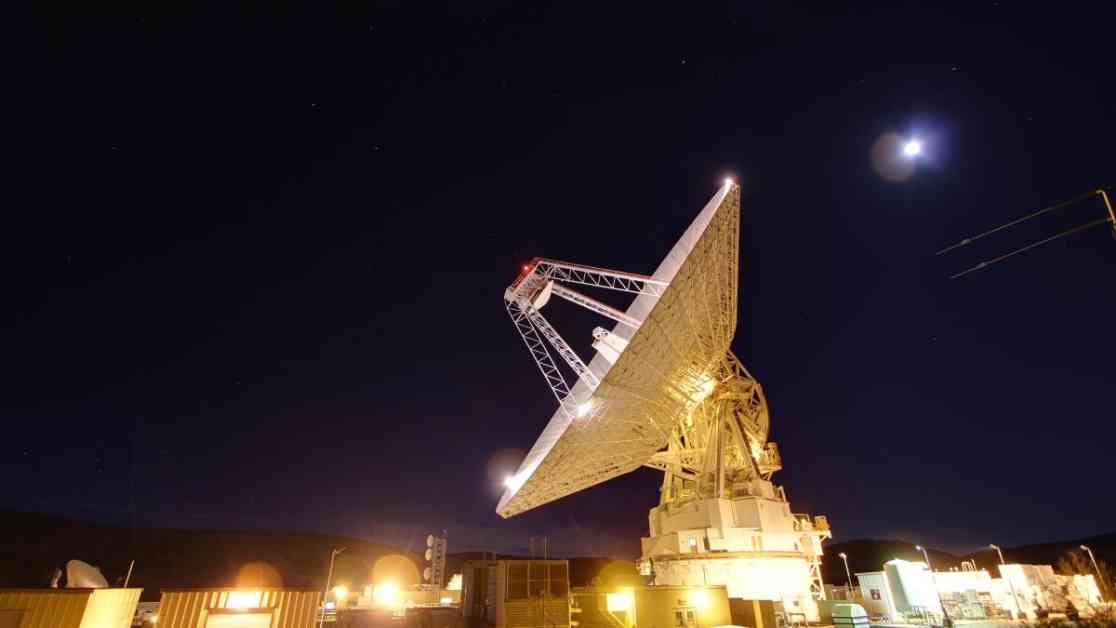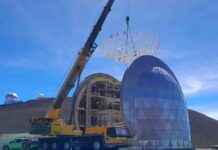Challenges Facing NASA: Aging Infrastructure, Lack of Funding, and Short-Term Thinking
NASA, America’s renowned civil space agency, is facing a multitude of challenges that threaten its future success. The National Academies of Sciences, Engineering, and Medicine recently released a report commissioned by Congress outlining the critical issues plaguing NASA. From aging infrastructure to underfunded missions, the agency is at a crossroads that requires immediate attention and action.
One of the key problems highlighted in the report is the aging infrastructure within NASA. With facilities that have exceeded their designed lifespan by 83%, the agency is struggling to maintain and upgrade its essential resources. The Deep Space Network, a crucial international collection of giant radio antennas overseen by NASA’s Jet Propulsion Laboratory, is just one example of a facility in need of significant investment and modernization.
Experts warn that NASA’s short-term thinking has led to a prioritization of near-term missions at the expense of long-term investments in infrastructure, workforce, and technology. This strategy, while beneficial in the short term, is eroding the essential capabilities that have historically made NASA a leader in space exploration. The lack of long-term planning and investment poses a serious threat to the agency’s future potential and ability to innovate.
The Funding Dilemma: Balancing NASA’s Ambitions with Financial Constraints
Despite the increasing reliance on technology in society, federal investment in research and development has declined significantly over the years. NASA’s funding from Congress, adjusted for inflation, has plummeted from its Apollo-era high and remained relatively stagnant for decades. With a budget that hovers around 0.1% of the total U.S. gross domestic product, NASA is operating on a fraction of the resources it had during the mid-1960s.
Within the agency, science and technology funding has remained constant as missions have become more complex and costly. This lack of funding for emerging technologies and innovative research is hindering NASA’s ability to stay at the forefront of space exploration. The underfunding of future projects and infrastructure maintenance is a pressing issue that requires immediate attention from both NASA and political leaders.
Lead author Norman Augustine emphasized the need for increased funding or the possibility of cutting missions to ensure NASA’s sustainability and success in the long term. The stark choice facing the agency underscores the critical need for a strategic realignment of priorities and resources to address the challenges ahead. Without adequate funding, NASA risks falling behind in the rapidly evolving landscape of space exploration and technology.
Addressing the Infrastructure Crisis: Investing in NASA’s Future
The neglect of NASA’s facilities, coupled with restrictive funding policies, has created a crisis that threatens the agency’s ability to fulfill its mission. The report highlighted the outdated infrastructure at NASA centers, including the Deep Space Network, as a pressing concern that requires immediate action. With 83% of facilities exceeding their designed lifespan, the agency is in desperate need of funding for maintenance and upgrades.
The Deep Space Network, in particular, has seen a decline in its budget while facing increasing demands for its services. As the world’s largest scientific telecommunications system, the network plays a crucial role in supporting space missions and scientific research. However, the lack of funding has forced the network to make costly compromises, impacting its ability to meet the growing needs of NASA’s ambitious projects.
Employees at NASA’s Jet Propulsion Laboratory have voiced concerns about the restrictive funding policies that hinder infrastructure improvements and maintenance. The lengthy and labor-intensive review process for funding requests over $1 million has stifled efforts to address the agency’s deteriorating facilities. Without adequate funding and support, NASA’s ability to innovate and explore the frontiers of space will be severely compromised.
In response to the report, NASA Administrator Bill Nelson acknowledged the challenges facing the agency and reaffirmed NASA’s commitment to addressing the recommendations put forth by the committee. Recognizing the urgent need for infrastructure upgrades and workforce development, NASA is working diligently to ensure that it has the resources and technology necessary for future exploration and discovery.
The Path Forward: Investing in NASA’s Potential
As NASA grapples with the challenges of aging infrastructure, underfunding, and short-term thinking, the agency must prioritize long-term investments in its future. By addressing the critical issues identified in the report and implementing strategic changes to its funding and resource allocation, NASA can position itself for continued success and innovation in the years to come.
The report serves as a wake-up call for NASA and political leaders to take decisive action to support the agency’s mission and goals. With the right investments and support, NASA can overcome its current challenges and maintain its position as a leader in space exploration and scientific research. By working together to address the funding dilemma and infrastructure crisis, NASA can ensure a bright future filled with groundbreaking discoveries and achievements in space.



























